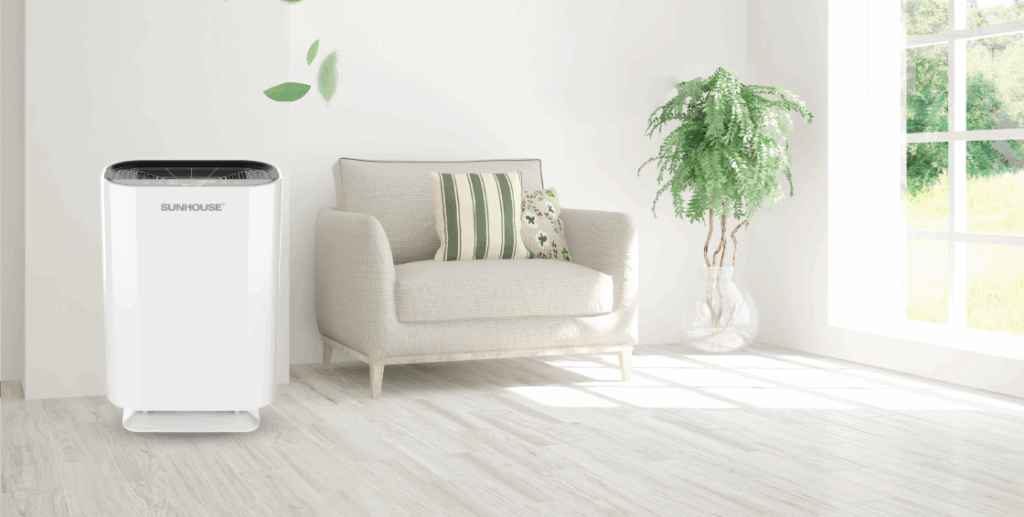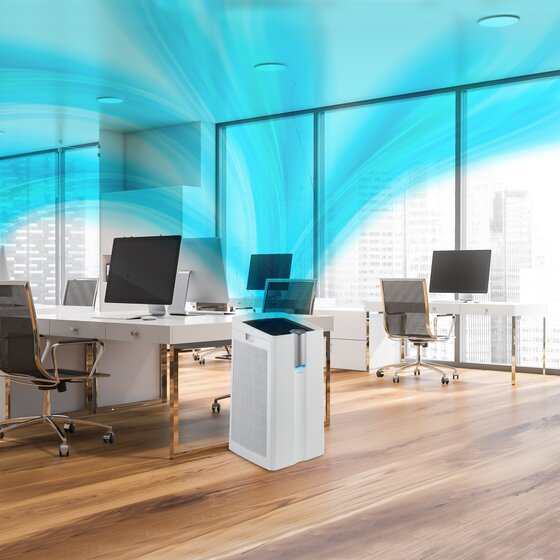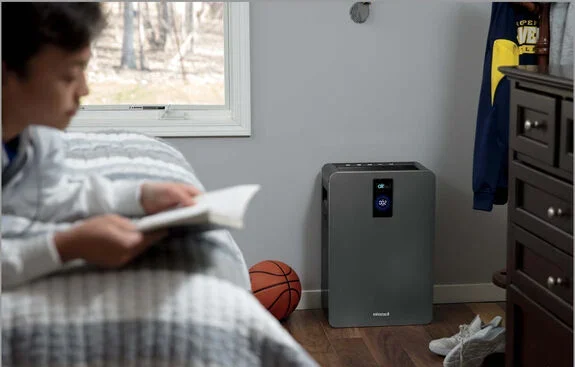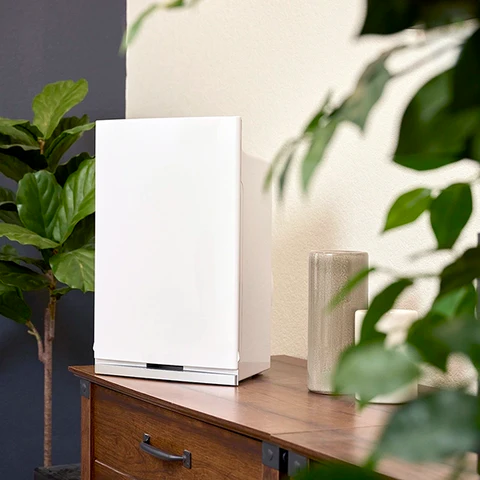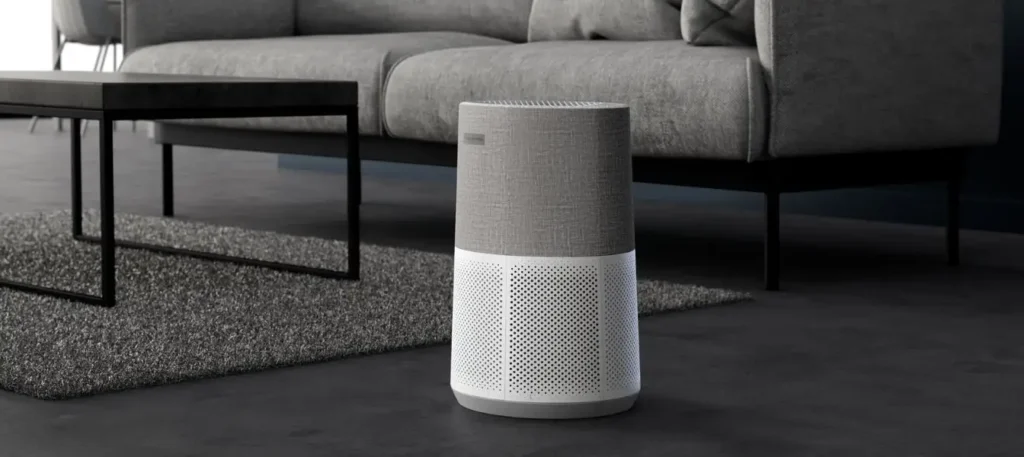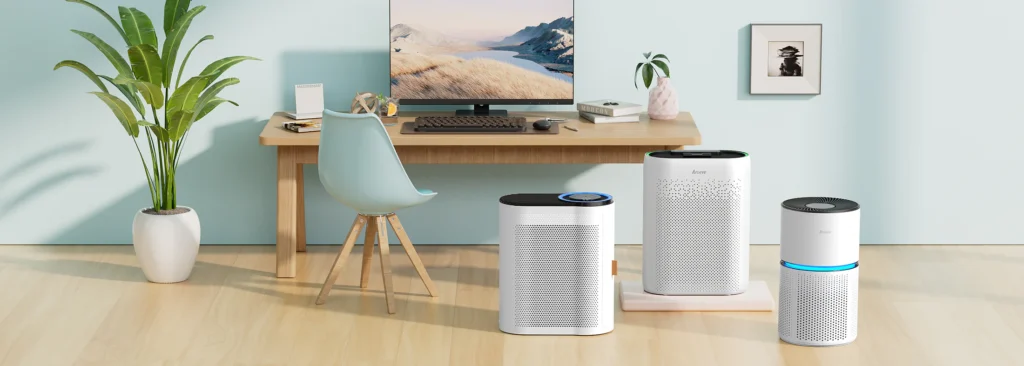In an era where air quality is a growing global concern, air purifiers have become essential appliances. The market is experiencing robust growth, driven by escalating pollution, heightened health awareness, and smart home adoption. For businesses in the air purification industry, a critical strategic question for 2025 is: Where are the best air purifier manufacturers located, India or China?
This B2B guide delves into the manufacturing landscapes of these two Asian giants, comparing their strengths, challenges, and value propositions. We will analyze production costs, supply chain maturity, quality control, innovation, and regulatory environments. Our aim is to provide insights for informed sourcing decisions, helping you identify the ideal manufacturing partner. As a leading air purifier manufacturer, HisoAir understands these dynamics and is committed to delivering high-quality, reliable solutions to our global partners.
Global Air Purifier Market Overview in 2025
The global air purifier market is poised for significant expansion, reflecting a worldwide response to deteriorating air quality. Projections indicate the market will reach approximately USD 17.28 billion in 2025, growing to an estimated USD 42.7 billion by 2037. The Asia-Pacific region leads this growth, commanding a substantial 39.5% revenue share in 2024. This dominance is largely due to severe air pollution and rapidly increasing consumer demand.
Key market drivers include:
- Air Pollution: High PM2.5 levels in urban areas, particularly in China and India, fuel demand for purification systems.
- Health Awareness: Growing recognition of indoor air quality (IAQ) impact on health drives investments in air purifiers.
- Urbanization: Rapid urban growth increases the need for air purification solutions in residential, commercial, and public spaces.
- Government Initiatives: Policies like China’s air quality mandates and India’s "Make in India" campaign support market growth and local manufacturing.
This dynamic market underscores the strategic importance of selecting the right manufacturing partner. The manufacturing capacity 그리고 export potential of key regions are crucial in meeting escalating global demand, making the comparison between India and China highly relevant.
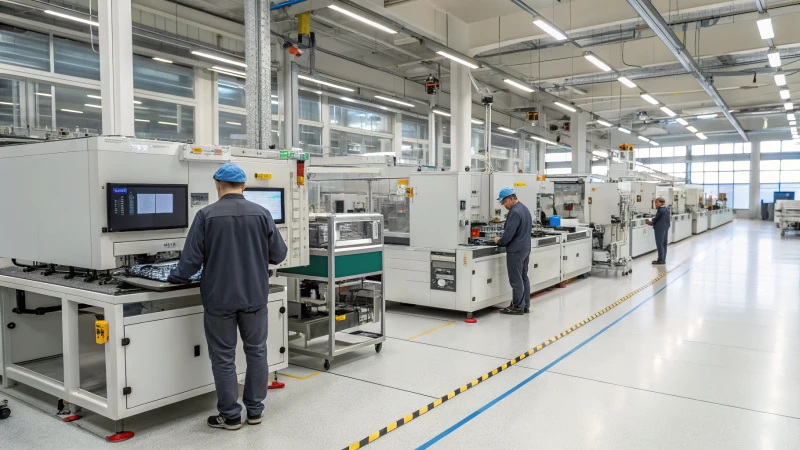
China: The Established Manufacturing Titan
For decades, China has been the undisputed global leader in electronics manufacturing, and the air purifier industry exemplifies its formidable capabilities. Its ecosystem is unparalleled in scale, depth, and efficiency, making it a go-to destination for 최고의 공기청정기 제조업체.
Core Strengths
China's dominance rests on several pillars:
- Vertically Integrated Supply Chain: China's most significant advantage is its self-sufficient and highly integrated electronics supply chain. An estimated 70-80% of critical air purifier components—from HEPA filter media to smart sensors—are manufactured within China. This integration fosters unmatched economies of scale, leading to lower component costs, rapid prototyping, and faster production cycles. This robust infrastructure allows for comprehensive air purifier manufacturing in China.
- Mature OEM/ODM Ecosystem: The country boasts a vast network of experienced Original Equipment Manufacturers (OEMs) and Original Design Manufacturers (ODMs). These OEM air purifier suppliers China offers provide comprehensive, turn-key solutions, enabling global brands to transition from design to mass production with remarkable speed and cost-efficiency.
- Advanced Regulatory Standards: China has established a mature and mandatory regulatory framework. Its national standard, GB/T 18801, provides a high baseline for product quality and performance. The Cumulate Clean Mass (CCM) requirement rigorously tests filter lifespan, a level of scrutiny not common in many other international standards. This commitment to stringent quality control standards ensures high product reliability.
- Technological Leadership: Chinese manufacturers lead in integrating smart features into air purifiers, including IoT connectivity, AI-driven filtration, and UV sterilization. This focus on smart home appliances keeps Chinese products competitive.
Key Challenges
China's manufacturing sector faces evolving challenges:
- Rising Operational Costs: The era of ultra-low-cost labor in China is largely over. Rising factory wages erode the traditional cost advantage, impacting the overall air purifier production cost India vs China comparison.
- Geopolitical Headwinds: The 25% Section 301 tariff imposed by the U.S. on Chinese-made air purifiers is a significant financial obstacle for brands targeting the American market. This drives companies to adopt a "China+1" diversification strategy.
- Market Saturation: Intense competition in China's mature domestic market can lead to price wars and challenge profitability.
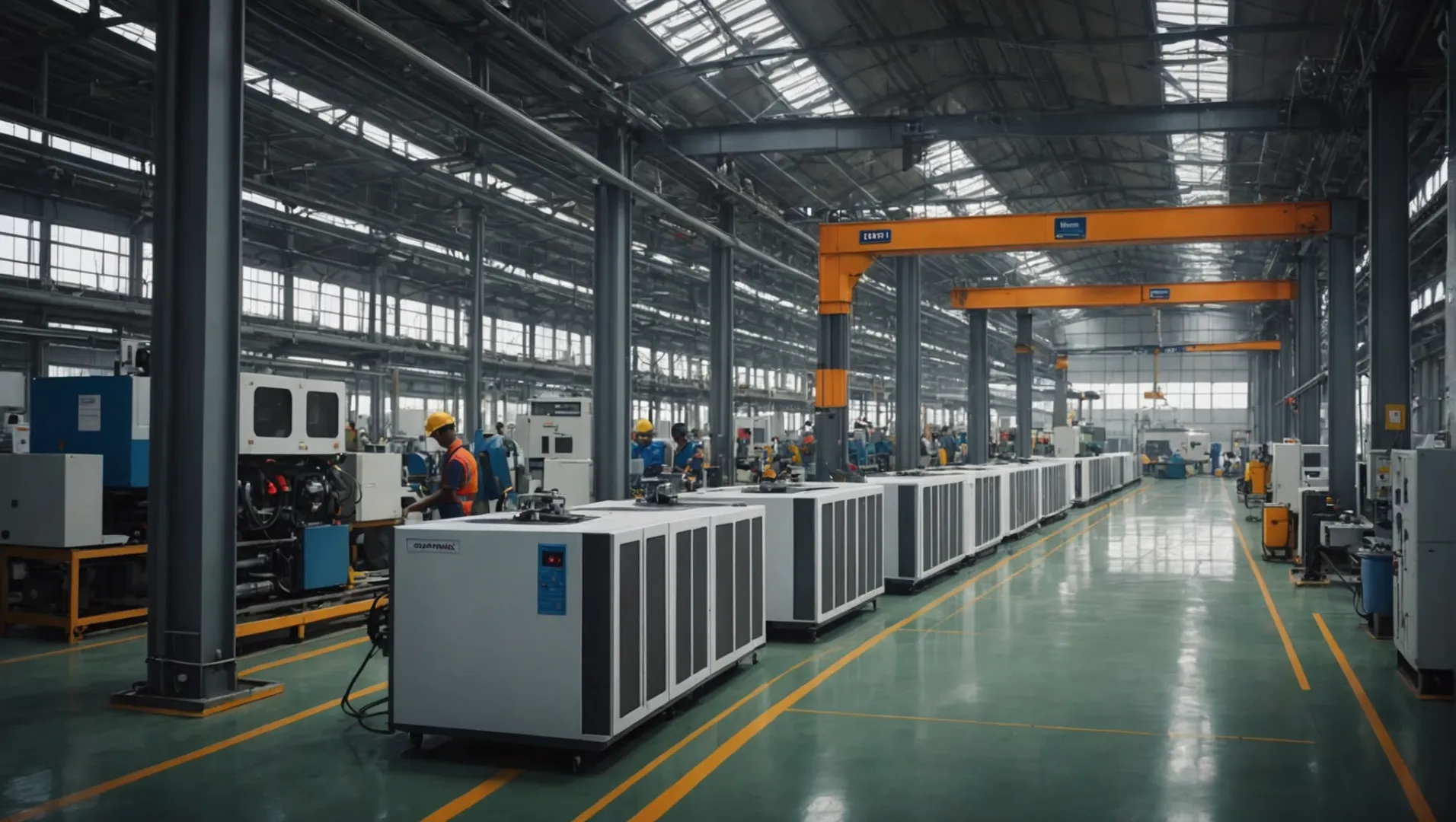
India: The Ascendant Strategic Alternative
While China is the established power, India is rapidly emerging as a powerful strategic alternative for air purifier production. Fueled by explosive domestic demand and proactive government policies, India offers a distinct yet compelling value proposition.
Core Strengths
India's growing prominence is underpinned by several advantages:
- Significant Labor Cost Advantage: India presents a substantial labor cost comparison advantage, particularly for final assembly. With average monthly factory wages between $150 and $300, India offers more competitive labor arbitrage.
- High-Growth Domestic Market: The Indian air purifier market is one of the fastest-growing globally, projected to expand at a remarkable CAGR of over 16.3% to reach approximately USD 422.5 million by 2034. Chronic air pollution and a burgeoning middle class create immense untapped potential for air purifier manufacturing in India.
- Government Incentives and Tariff Advantages: The 'Make in India' initiative and Production-Linked Incentive (PLI) schemes foster domestic manufacturing. Products assembled in India are not subject to U.S. tariffs on Chinese goods, making India a financially attractive hub for serving the American market and mitigating international trade and tariffs risks. This drives the "China+1" strategy.
- Local Adaptation and Innovation: Indian manufacturers focus on products tailored to local needs and price points, with increasing collaboration with local tech startups. This allows for agile prototyping and affordable, value-focused products.
Key Challenges
India's manufacturing sector faces certain hurdles:
- Nascent Component Ecosystem: India's supply chain for high-tech electronics is still developing. Current manufacturing relies on SKD/CKD assembly, necessitating imported components, often from China. This dependency impacts air purifier supply chain 2025 resilience and costs.
- Developing Infrastructure: India's logistics and transport infrastructure, while improving, is less efficient than China's, potentially leading to higher operational costs and longer lead times.
- New Regulatory Landscape: The BIS (Bureau of Indian Standards) is set to make its standard (IS 17531:2021) mandatory. While a step forward, it's currently less comprehensive than China's GB/T 18801 and lacks a long-term performance metric like CCM. Businesses must navigate this evolving environmental regulations landscape.
Cost, Quality, and Innovation Comparison
The decision between India and China for air purifier manufacturing often boils down to cost-effectiveness, quality standards, and innovation. Understanding these nuances is crucial for optimizing sourcing strategies.
Cost-Effectiveness Analysis: India vs. China
For many buyers, cost-efficiency is paramount. The air purifier production cost India vs China comparison reveals distinct advantages:
- Labor Costs: India offers a significant labor cost comparison advantage, especially for assembly. China's efficiency can offset higher wages for high-volume, but India is more competitive for lower volumes.
- Logistics and Infrastructure: China benefits from highly efficient logistics, leading to faster transit and lower shipping costs. India's infrastructure, while improving, can result in higher domestic transportation costs and longer lead times.
- Component Sourcing: China's integrated supply chain allows domestic component sourcing, reducing import duties. India relies on importing key components, adding to costs and potential vulnerabilities. This impacts the total landed cost.
- Tariff Implications: For U.S. market, manufacturing in India can circumvent 25% Section 301 tariffs on Chinese goods, offering substantial savings. This makes India a compelling option for air purifier supply chain diversification.
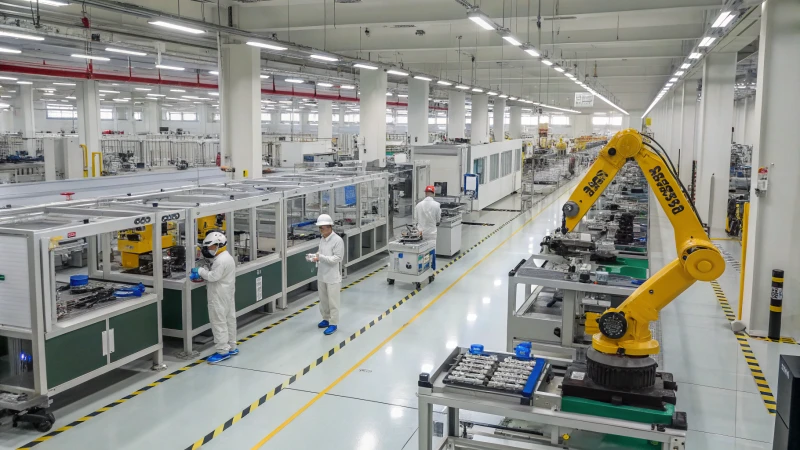
Quality Control and Certification Standards
When evaluating the best air purifier manufacturers in 2025, quality assurance and international certifications are non-negotiable. Both nations have made strides:
- China's Established Framework: Chinese manufacturers, especially larger 최고의 공기청정기 제조업체, have extensive experience with ISO 9001, CE, RoHS, UL, and FCC. The mandatory GB/T 18801 standard, with its rigorous CCM requirement, provides a strong baseline for performance and filter longevity, ensuring air purifier manufacturer reliability.
- India's Evolving Landscape: India is enhancing its quality control infrastructure. The upcoming mandatory BIS certification (IS 17531:2021) signifies a major step. While still developing compared to China, many Indian manufacturers offer transparent QC processes. HisoAir adheres to stringent global quality benchmarks, ensuring every product, from desktop air purifiers to wall-mounted air purifiers, meets high standards.
혁신 및 제품 개발
Innovation is pivotal for competitiveness. The air purifier industry comparison India China reveals different approaches:
- China's Technological Prowess: China leads in integrating cutting-edge technologies: IoT, AI-driven filtration, UV sterilization, and advanced PM sensors. Heavy R&D investment and collaboration with global component suppliers enable rapid iteration. This focus on smart home appliances positions China as an innovation leader.
- India's Agile Potential: India's innovation focuses on affordable solutions and agile prototyping for mid-market/low-cost SKUs. Collaboration with local tech startups fosters tailored innovations. HisoAir continuously invests in R&D, leveraging advancements in filtration and smart features to deliver innovative solutions for diverse market demands.
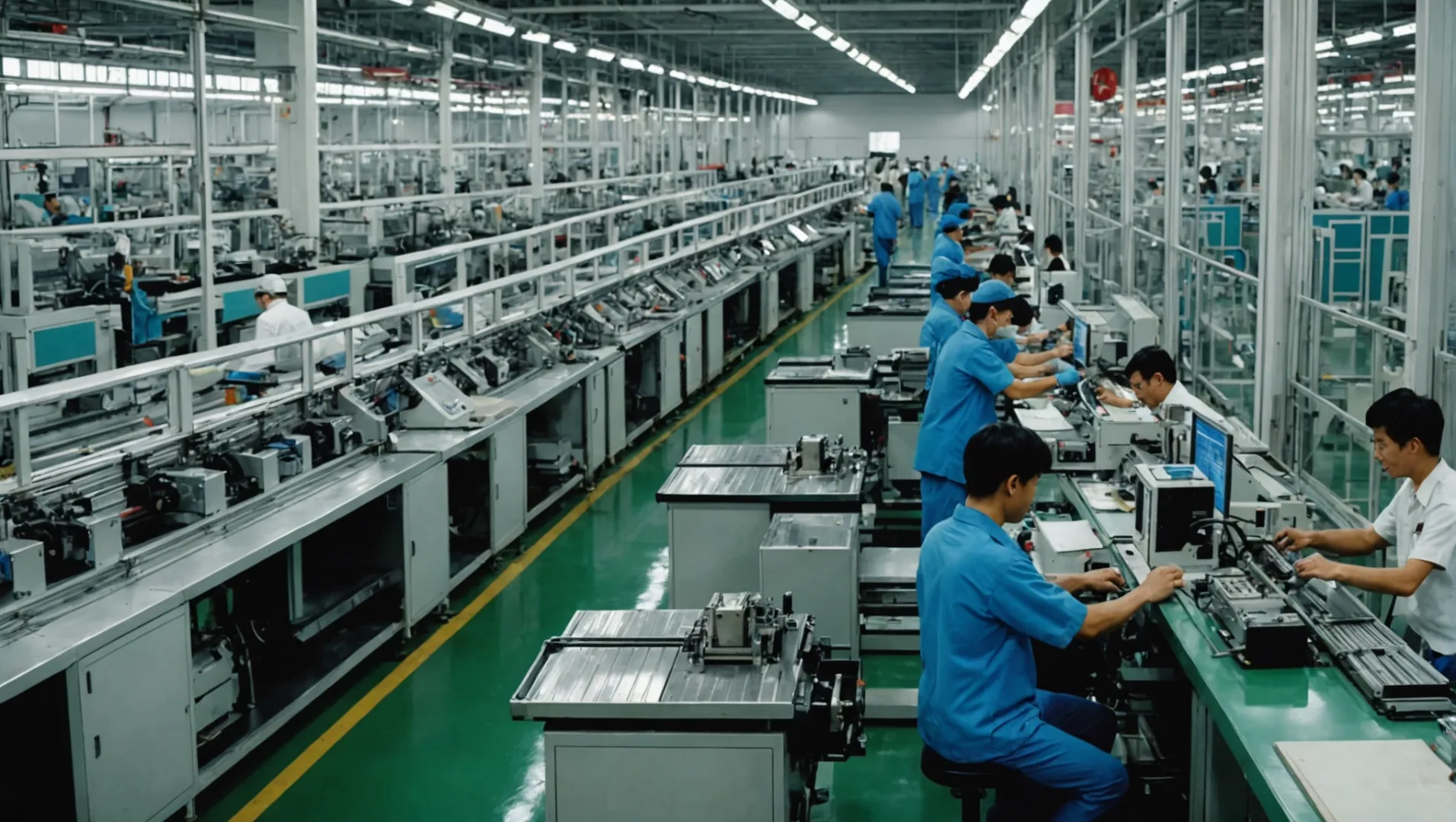
Strategic Decision Framework: Choosing the Best Partner
The debate over India vs. China: Where Are the Best Air Purifier Manufacturers in 2025? is not about a single "best" country. It's about aligning your sourcing strategy with your business objectives. The optimal choice depends on your unique needs.
2025 B2B Sourcing Scenarios and Recommendations
Scenario 1: Maximum Cost-Efficiency and Advanced Technology for Global Markets (Excluding the U.S.)
- Recommendation: Source from China.
- Rationale: For markets not impacted by U.S. tariffs, China's mature ecosystem, economies of scale, and technological prowess deliver the lowest ex-factory cost for feature-rich products. The robust GB/T standard ensures quality. China remains the best country for air purifier manufacturing in this context. Many 최고의 공기청정기 제조업체 leverage China's capabilities.
Scenario 2: U.S. Market Access and Tariff Mitigation
- Recommendation: Adopt a Hybrid "China+1" Model.
- Rationale: To bypass the 25% U.S. Section 301 tariff, procure high-value components from China and perform final assembly in India. This leverages India's lower labor costs and tariff-free U.S. market access, creating the most favorable total landed cost. This enhances air purifier supply chain reliability India vs China.
Scenario 3: Capturing Future Growth in the Indian Domestic Market
- Recommendation: Partner with a Local Indian Manufacturer.
- Rationale: The Indian market has unique characteristics. Partnering with a local player provides invaluable market knowledge, helping navigate distribution and ensure compliance with BIS certification. For air purifier manufacturer reliability India vs China within India, local partnerships are key.
As a global air purifier manufacturer, HisoAir offers flexible OEM/ODM solutions for these scenarios. Our expertise in both desktop air purifiers and wall-mounted air purifiers, coupled with a deep understanding of global supply chains, positions us as an ideal collaborator.
결론
The global manufacturing landscape for air purifiers is transforming. The unipolar, China-centric model is evolving into a more resilient, multi-polar paradigm. China remains the undisputed leader in efficiency and technology. India has emerged as an indispensable strategic hub, offering growth potential and tariff-free access to Western markets.
Ultimately, the question of where are the best air purifier manufacturers in 2025 is not an "either/or" choice but a "what-for" decision. The optimal sourcing strategy aligns with your core business objectives. The air purifier industry comparison India China reveals both offer compelling advantages, and a nuanced approach, often a "China+1" strategy, is prevalent.
As a global top air purifier manufacturer, HisoAir is uniquely positioned to help businesses navigate these complexities. With our commitment to quality, innovation in products like 데스크탑 공기 청정기 그리고 벽걸이형 공기청정기, and deep understanding of the global supply chain, we are dedicated to being a reliable partner. Choosing the right manufacturing partner demands understanding market dynamics and a clear vision for your business's future, and HisoAir is here to support that journey.
Explore our OEM Air Purifier Manufacturing Capabilities – Discover how HisoAir delivers scalable, customized solutions for B2B clients worldwide. - HisoAir
Related Insights You May Find Valuable
To further explore strategic sourcing, air quality trends, and innovation in purification technology, we recommend the following articles:
- China+1 Strategy for Air Filtration Product Manufacturing Success – Discover how diversifying manufacturing across Asia can mitigate risk and enhance supply chain resilience.
- Why Are Global Manufacturers Embracing the China+1 Strategy? – A deeper look into the growing shift beyond China and what it means for air purifier brands.
- Future Trends in Indoor Air Quality – Stay ahead of market demands with insights into IAQ, sustainability, and smart purification systems.
- How Wall-Mounted Air Purifiers Help D2C Brands Capitalize on Wellness and Health Trends – Learn how wall-mounted units are reshaping product strategy and customer experience in the wellness-driven home appliance market.


